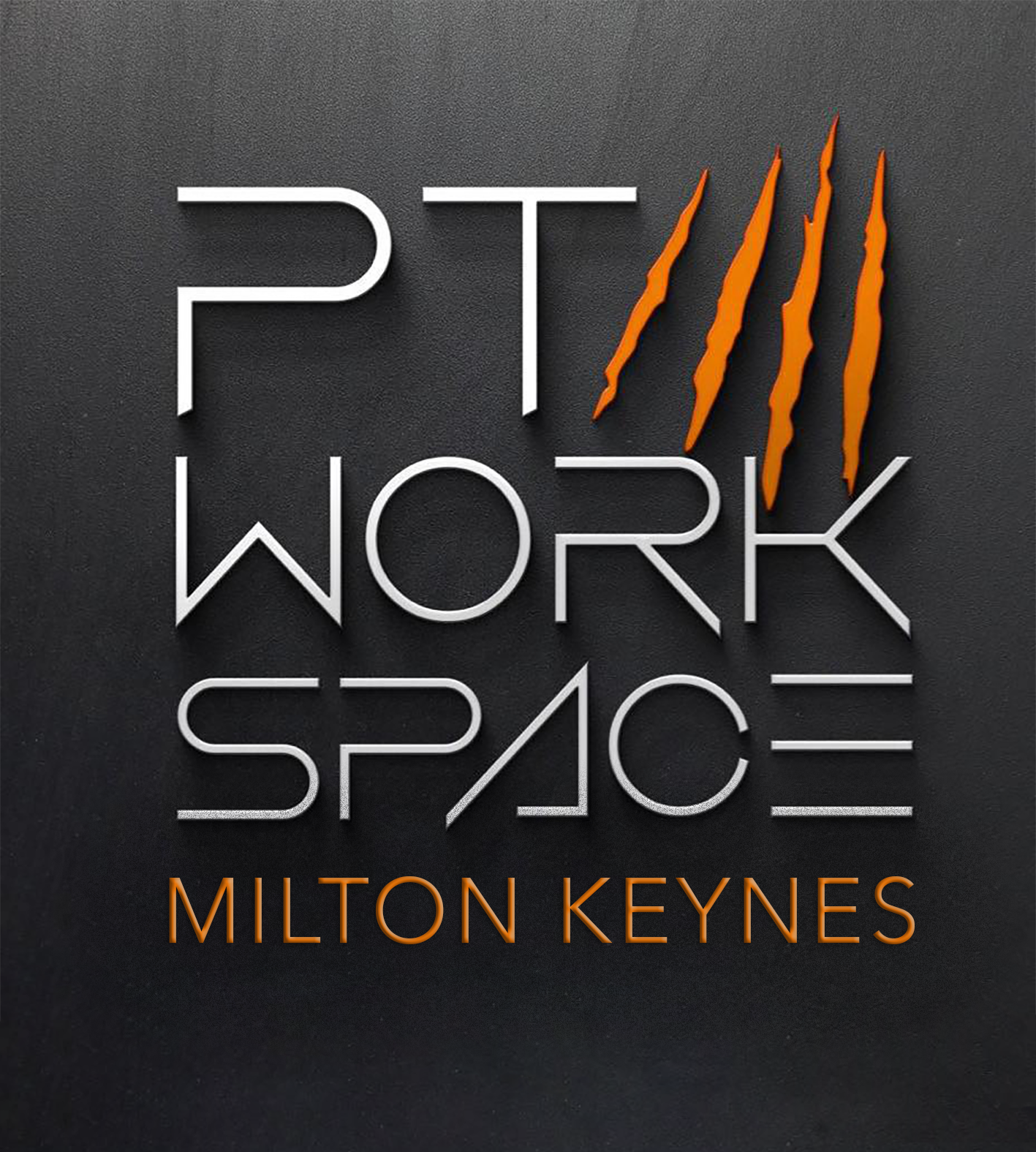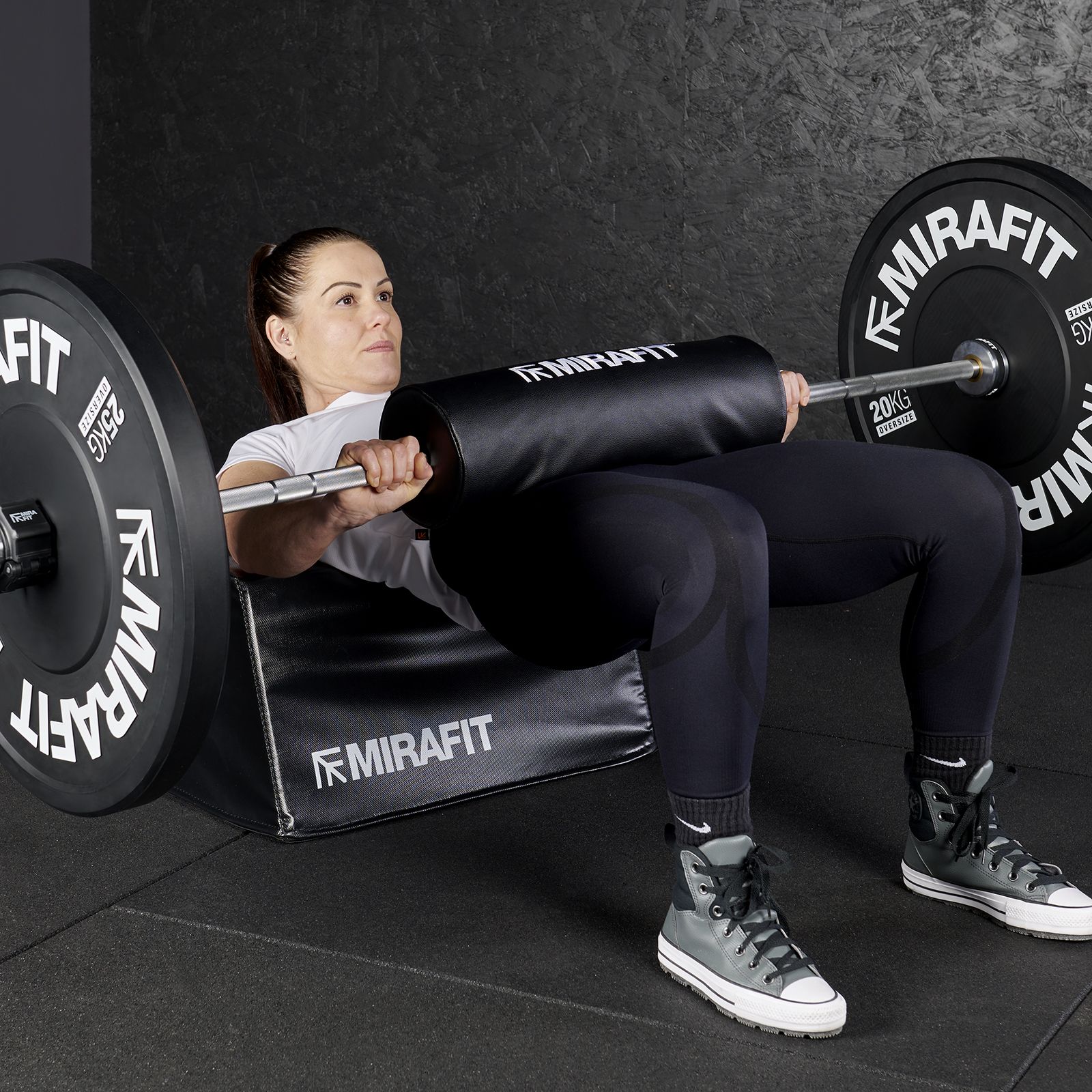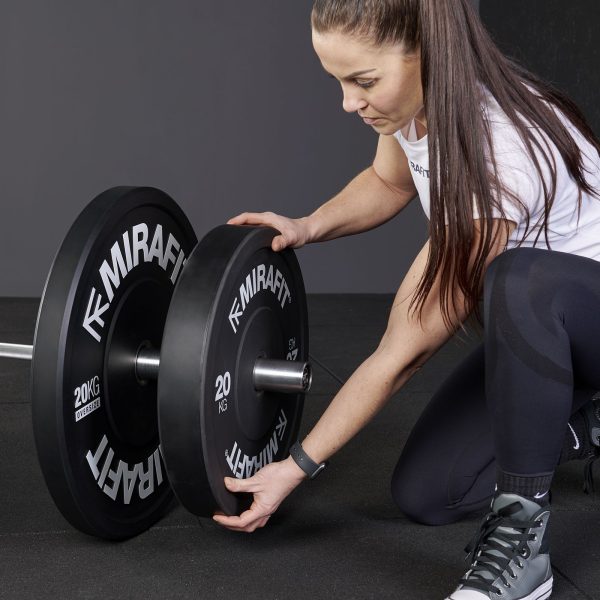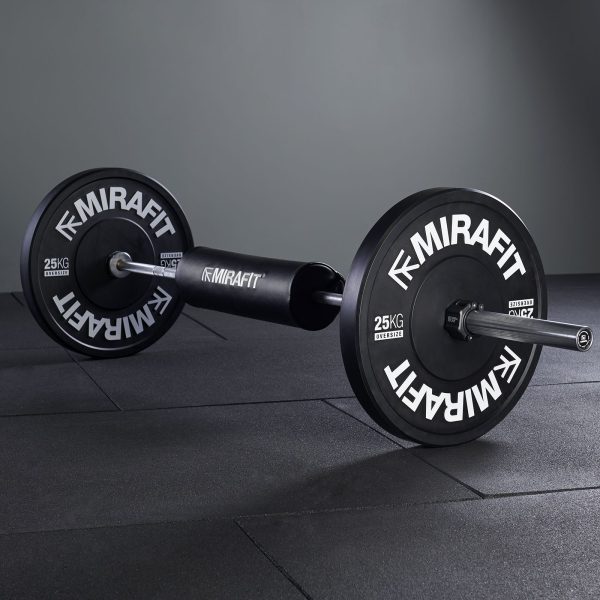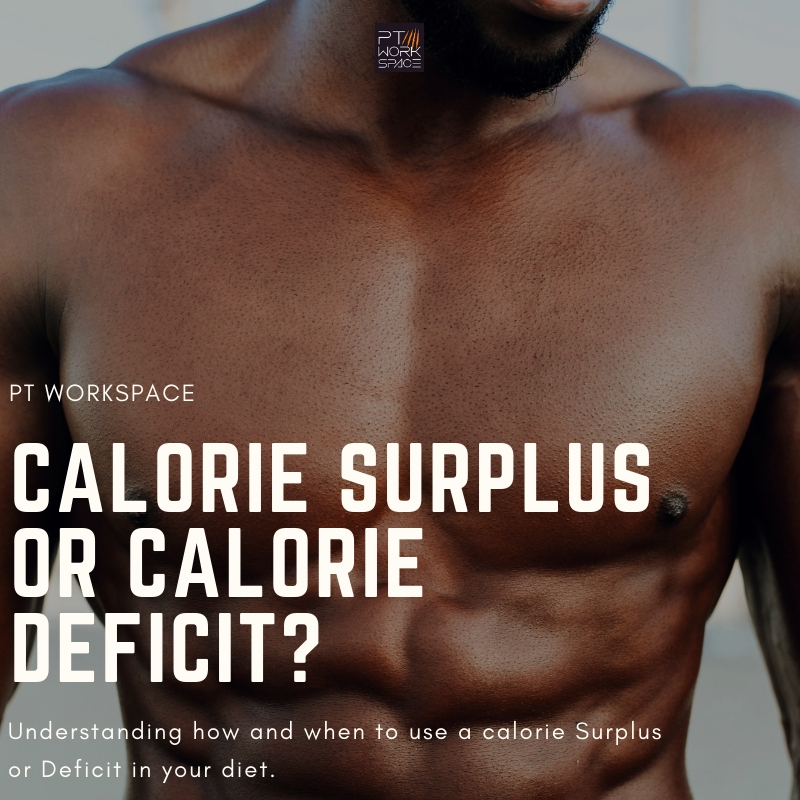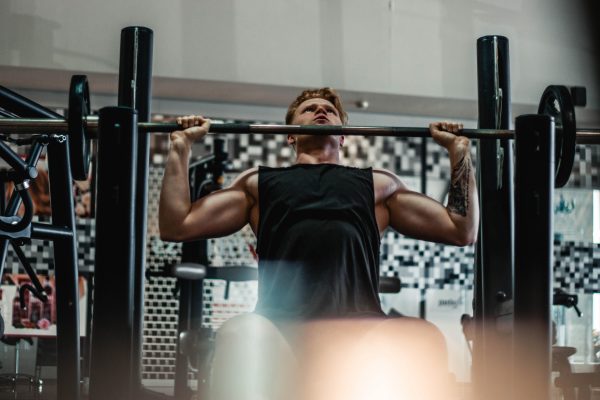Is it worth becoming a Personal Trainer?
Question 1: What are the potential benefits of becoming a personal trainer?
Becoming a personal trainer? Worth it or not? That’s the question on many minds. Well, let me tell you, it’s totally worth it! Not only do you get to help people get fit and healthy, but you also have the freedom to set your own schedule and be your own boss. So, if you’ve got a passion for fitness and love motivating others, go for it and become a personal trainer!
Potential Benefits of Becoming a Personal Trainer:
- Make a positive impact by helping others achieve fitness goals
- Enjoy flexibility in your career path with room for growth
- Stay physically active while working
In 2024, many personal trainers view their career as more than just a job—it’s a lifestyle and a business. Embracing a hybrid part-time approach, they use social media to empower clients and positively impact their health, both in-person and online. At PT Workspace, we lead from the front by offering a dedicated fitness gym space that trainers can call home. Whether you’re looking to film content in a gym or rent space for personal training sessions, we invite trainers to utilize our facilities to enhance their services and grow their business.
Question 2: What are the challenges of being a personal trainer?
Like any profession, personal training comes with its share of challenges. The irregular hours can be tough to manage at first, requiring flexibility and adaptability. Continuous professional development is essential to stay current and competitive. Plus, the physical demands of demonstrating exercises and standing for long periods can be taxing. Building a solid client base takes time and effort, as does managing administrative tasks. Despite these hurdles, the rewards often outweigh the challenges.
Challenges of Being a Personal Trainer:
- Irregular work hours
- Continuous need for professional development
- Physical demands of the job (demonstrating exercises, standing for long periods)
- Building a client base and managing administrative tasks
Due to the time required to PT new clients, it’s important to be organized when planning to build your PT business and grow a client base. Many trainers miss the important milestone of marketing and branding themselves in a way that will attract new clients. Retention of existing clients and allocating time for business tasks is a must. We recommend reading 5 Top Tips to Help Market Yourself as a PT to understand the balance of time required to multitask when building your PT business.
Question 3: How does personal training impact lifestyle and income potential?
Personal training can significantly impact your lifestyle by offering flexibility in work hours and potentially higher income compared to other fitness-related jobs. Your income potential will vary depending on factors like your location, experience level, and the size of your client base. With dedication and skill, you can create a lifestyle that aligns with your passion for fitness and helping others.
Impact on Lifestyle and Income Potential:
- Flexibility in work hours
- Potential for higher income compared to other fitness-related jobs
- Income varies based on location, experience, and client base
The average salary for a Personal Trainer is £37,000 gross per year (£2,400 net per month), which is £7,400 (+25%) higher than the UK’s national average salary.
Should I Do Personal Training?
![]()
Question 1: How do I know if personal training is the right career for me?
Reflect on your love for fitness and your desire to inspire and empower others. If you find joy in guiding people toward their fitness goals and enjoy continuous learning in this field, personal training could be an excellent fit for you. The ability to connect with clients on a personal level is key.
Signs Personal Training Might Be Right for You:
- Passion for fitness and helping others
- Enjoyment of continuous learning
- Desire to connect with clients on a personal level
Being Passionate About Training Isn’t Enough: Ask Yourself, ‘Am I Committed to Others’ Success?’ and ‘Am I a People Person?
Our community offers a wealth of experience, and we always welcome aspiring trainers to come meet the team and discover what it’s like to work in a private studio. We recommend checking out our previous blog for more details What to Expect When Renting and Hiring a Gym Space.
Question 2: What qualifications are needed to become a personal trainer?
Typically, you’ll need a certification from a reputable organization like NASM, ACE, or ACSM. A background in exercise science or related fields can give you a deeper understanding of the body and exercise physiology, which can be valuable in your practice.
Qualifications Needed to Become a Personal Trainer:
- Certification from reputable organizations like NASM, ACE, or ACSM
- Background in exercise science or related fields is beneficial
There are many good independent academies here in the UK like origympersonaltrainercourses & Future Fit, see our extensive list on our
Question 3: What personal qualities make a successful personal trainer?
Successful personal trainers possess patience, empathy, and strong communication skills. Motivating clients and adapting workouts to individual needs require a blend of expertise and interpersonal finesse. Being genuinely passionate about helping others achieve their best selves is fundamental to success in this field.
Personal Qualities of a Successful Personal Trainer:
- Patience, empathy, and strong communication skills
- Ability to motivate and adapt to individual needs
Check out our in-depth breakdown of What is the role of a personal trainer? to understand expectations and deliverables forcreating a great personal training service.
Can I Do Personal Training On The Side?
Question 1: Is it feasible to do personal training part-time or on the side?
Absolutely! Many successful personal trainers start by offering sessions outside of regular working hours. This allows you to build experience and establish a client base gradually. It’s a smart way to test the waters and see if personal training aligns with your long-term goals.
Feasibility of Part-time Personal Training:
- Many trainers start part-time outside regular working hours
- Opportunity to build experience and a client base gradually
We regularly have personal trainers who rent gym space and Hire gym facilties for Personal training one-to-one sessions, many of which are Part-time.
Question 2: How can I balance personal training with other commitments?
Balancing personal training with other commitments requires strong time management skills. Allocate specific blocks of time for client sessions, marketing efforts, and ongoing education while ensuring you have ample time for your primary job or family responsibilities.
Balancing Personal Training with Other Commitments:
- Prioritize time management to allocate for client sessions, marketing, and education
- Maintain balance with other responsibilities like full-time job or family commitments
Our personal training gym rental plans enable trainers to allocate flexible packages, helping them save money and time while focusing on growing their business without the burden of high rental fixed monthly fees. This flexibility can assist personal trainers in balancing other jobs or transitioning to full-time when the right opportunity arises.
Question 3: What are the legal and logistical considerations of part-time personal training?
Before diving in, research your local regulations regarding licensing and liability insurance. Understanding tax implications and obtaining necessary business permits will help you operate legally and responsibly. It’s crucial to set up your part-time personal training endeavor on solid legal and logistical ground.
Legal and Logistical Considerations for Part-time Personal Training:
- Research local licensing and liability insurance requirements
- Understand tax implications and obtain necessary business permits
PT Workspace has worked with Personal trainers since 2016 and recommends Insure4sport Public Liability Insurance for Personal Trainers.
The journey is as important as the destination, and as they say, if you enjoy your job, you never work a day 👼
In conclusion, embarking on the journey of becoming a personal trainer is not just a career choice—it’s a calling fueled by passion and purpose. Despite the challenges that come with the territory, such as irregular hours and continuous professional growth demands, the rewards far outweigh the obstacles. You have the opportunity to profoundly impact lives, empowering individuals to transform their health and well-being.
Starting part-time allows you to test the waters and build experience gradually, all while maintaining balance with other commitments. Remember, success as a personal trainer is not just about certifications and qualifications—it’s about embodying patience, empathy, and unwavering dedication to your clients’ success. Discover how to launch your business by renting private gym space, a crucial step in determining if you’re ready to take your venture to the next level.
By taking the leap into this dynamic field, you join a community of fitness enthusiasts committed to making a difference. Stay focused, stay motivated, and never lose sight of the incredible impact you can have on those around you. Together, let’s inspire and empower others to live healthier, happier lives—one workout at a time. You’ve got this!
Our Locations 🏠
🏠 PT Workspace Islington: 87-89 Shepperton Rd, London N1 3DF
Personal Training in Islington – PT WorkSpace
🏠 PT Workspace Milton Keynes Personal Training Studio: Unit 5, Campbell Wharf, Overgate, Milton Keynes MK9 4BG.
Personal Training Milton Keynes – PT WorkSpace
🏠 PT Workspace Harrow Personal Training Studio: Roxeth House, Shaftesbury Ave, South Harrow, Harrow HA2 0PZ
Personal Training Harrow – PT WorkSpace
If you are interested in finding out about personal training gym rental or studio hire at PT Workspace you can contact [email protected].
Personal Training in Milton Keynes: Your Pathway to Fitness Excellence 💪
Are you considering embarking on a journey towards a healthier, fitter you? Perhaps you’ve heard about the benefits of personal training but aren’t quite sure how it all works. Well, look no further! In this blog post, we’ll dive into the world of personal training, specifically in the vibrant city of Milton Keynes.
What is Personal Training?
Personal training is a tailored fitness program designed specifically for you, guided by a certified fitness professional known as a personal trainer. This approach is highly individualized and focuses on your unique fitness goals, whether it’s weight loss, muscle gain, improved flexibility, or enhanced athletic performance.
The Role of a Personal Trainer
A personal trainer is your coach, motivator, and educator rolled into one. They possess the expertise to assess your current fitness level, understand your goals, and create a personalized workout plan that suits your needs. Here’s how they can assist you:
- Assessment: Your trainer will start with an assessment of your fitness level, taking into account your health history, body composition, and specific objectives.
- Goal Setting: Together, you’ll establish realistic and achievable fitness goals, whether short-term or long-term.
- Customized Workouts: Based on your assessment and goals, your trainer will develop a personalized exercise regimen that maximizes results and minimizes risks of injury.
- Nutritional Guidance: Many trainers also offer nutritional advice to complement your workout routine, helping you achieve a balanced and sustainable diet.
- Motivation and Accountability: A personal trainer keeps you motivated, holds you accountable, and adjusts your program as needed to ensure steady progress.
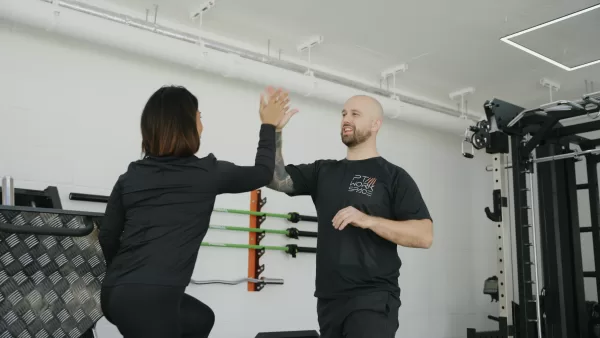
Find the right trainer in Milton Keynes for your goals, Match with specialist trainers.
Why Choose Personal Training in Milton Keynes?
Milton Keynes is a bustling city with a thriving fitness scene. If you’re looking for personal training in Milton Keynes, you’ll find experienced trainers who understand the local community and its fitness culture. Whether you prefer training outdoors in the picturesque Campbell Park or indoors at a state-of-the-art gym, there’s a trainer to suit your preferences.

Personal Trainer, Personal training, Personal trainer Milton Keynes, Personal Training Milton Keynes, Private Gym
Finding the Right Personal Trainer
To get started with personal training in Milton Keynes, follow these steps:
- Research: Look for certified personal trainers in Milton Keynes. Online platforms like Google and recommendations from friends can be great resources.
- Consultation: Schedule a consultation with a trainer to discuss your goals, preferences, and approach to training.
- Compatibility: Choose a trainer you feel comfortable with and who understands your needs.
Keywords for Your Search
If you’re searching for personal trainers in Milton Keynes online, use keywords like “personal trainer Milton Keynes” or “personal training Milton Keynes” to find local professionals who can help you achieve your fitness goals effectively.
Our Personal training studio In Milton Keynes
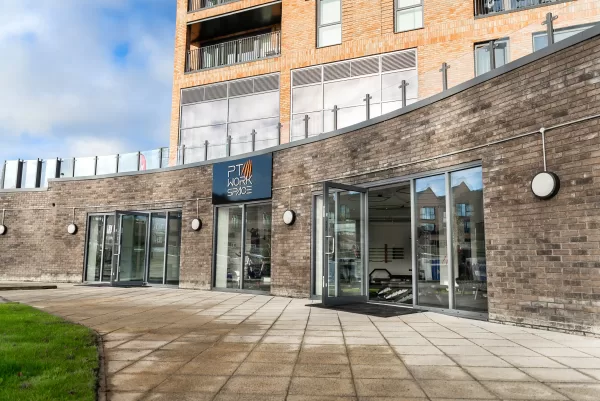
Private one-to-one sessions, Strength equipment, Cardio Equipment, and Premium fitness space
You can always View our Private gym in Milton Keynes on YouTube Personal Training studio Milton Keynes Virtual Tour
In Conclusion
Personal training is a fantastic investment in your health and well-being. With the guidance of a skilled personal trainer in Milton Keynes, you’ll not only reach your fitness goals but also learn valuable skills and habits that will benefit you for a lifetime. So, take that first step today towards a healthier, happier you!
The wait is over, fitness enthusiasts and personal trainers in Milton Keynes! PT Workspace is thrilled to announce the grand opening of our new Personal Training Studio right here in your city. We’re not just opening another gym; we’re unveiling a fitness haven where dreams are sculpted, goals are achieved, and community thrives.
Four hip thrust bench exercises to optimise your core
In this article, we look at what a hip thrust bench is, what it’s used for, and how to can exercise using one.
What is a hip thrust bench?
Hip thrust benches come in various styles; some are metal stands with padding. Others, like ours, are wedges covered in firm foam and a UPVC cover to be comfortable and easily clean. It is worth noting that people commonly use weight benches for hip thrusts. However, this is not ideal because a weight bench is generally too high if you are using a weight with your exercise. Another common solution is using a gym step with a cushion; again, this is not recommended as the stability of the movement is compromised by a non-fixed addition of the pillow or pad.
How to set up a hip thrust on a bench
Place the hip thrust bench onto the gym floor, and ensure that the bench is on a non-slip surface. You can check this beforehand by pushing against the bench. Then get a weight bar and some light weights initially. Add the weights to the bar. We recommend that they have collars in place and are fixed. Sit in front of the bench with your back to it. To judge your position, lean back and check that your upper back/shoulders will reach the bench top. Next, please put the bar and weights over your waist. Bring your legs near your bottom, lean back, make contact with the bench top, brace your core, and then drive your hips upward toward the ceiling from the legs.
With your legs at 90 degrees, lift up and then down, repeating this movement. You are effectively creating a bridge with weight across your lap. Refer to the weight and exercises provided by your PT instructor.
How high should a hip thrust be?
Before you do a weighted hip thrust, it is worth using the apparatus with just body weight, and this does two things; one, it familiarises you with the bench height and feel, and two, it allows you to perform the movement without weight. This is important because it will enable you and your instructor to establish a comfortable range for you; everyone is different. The height of a hip thrust should be proportional to you and how you feel when performing the bridge movement. Ideally, this will extend to allow the back to arch comfortably.
What four exercises can you do with a hip thrust bench?
Exercise 1 – Weight plate hip thrust
As the name suggests, this movement uses a weight plate, and it is good to help warm up before you use the barbell. So first, choose a weight plate that is a good warmup weight for you, then place the plate on your pelvis. Next, perform the normal hip thrust movement, ensuring that you have hold of the plate to avoid it slipping sidewards or toward you. Weight plate hip thrusts are good for calorie burn and are faster than other exercises.
Exercise 2 – Barbell Hip Thrust
As described earlier, this is performed by placing the barbell across your hips/pelvis and then raising and lowering the hips. The barbell will naturally sit at the bend point of your hips, but it is still worth stabilising the barbell by having your hands on it. See your PT for more information on sets and weights. Again, this needs to be assessed based on individual strengths.
Exercise 3 – Single Leg Hip Thrust
Once you are confident with exercises 1 & 2, isolating your legs is a good idea as this puts extra resistance in the movement. This is what the single-leg hip thrust does. We recommend starting this exercise by having both feet on the floor; as you lift your hips from the floor position, stop and then lift a leg, pointing your knee to the ceiling. Next, perform the movement by pulsing the hips from one leg with weight, either a weight plate or barbell, then repeat this with the other leg for an intence glute and thigh workout.
Exercise 4 – Frog Thruster
To perform this exercise, you put your soles together, as you would your hands to pray or clap. With your toes in place and touching, flare your knees to open your legs, keeping your feet together. Now perform the hip thrust movement; spreading the legs lets you optimise the glute activation, meaning the outer glute is worked.
Summary – Why we love hip thrusts
We love hip thrusts because they are great for strengthening your core, which benefits your general health. The results are clients feel more supported and stronger, and these exercises can help shape the glutes, tighten the abs and use the thighs, so many of the larger muscles result in higher calorie burn.
This foundationary exercise provides stability and strength to avoid back pain from day-to-day activity and exercise. Hips thrusts are a winner. Recently we got a Mirafit hip thrust bench in our Islington PT workspace if you are interested in using one. PT Workspace gym spaces are always regularly upgraded with modern equipment to support our Studio gym rentals and our Gym Hire for workshops and Filming.
Separately if you’re a PT considering our PT Spaces, please get in touch with the team using the contact page.
Nathan Head Trainer & Founder
P.S If you are interested in finding out about Fitness, why not take a look at the personal trainers who already work with us?
🏠 PT Workspace Islington Personal Training Studio: 87-89 Shepperton Rd, London N1 3DF
Personal Training in Islington – PT WorkSpace
🏠 PT Workspace Milton Keynes Personal Training Studio: Unit 5, Campbell Wharf, Overgate, Milton Keynes MK9 4BG.
Personal Training Milton Keynes – PT WorkSpace
🏠 PT Workspace Harrow Personal Training Studio: Roxeth House, Shaftesbury Ave, South Harrow, Harrow HA2 0PZ
Get ready and plug your seatbelts in because it’s most likely going to be another bumpy ride for the fitness industry over the next couple of months. There is no telling what exactly the future holds right now, but be rest assured we can weather this storm by supporting each other and the industry. When lockdown lifted the first time, people in their millions returned to gyms and private studio’s. Why? Because health and mental wellness matters! Covid-19 has shown how obesity and poor lifestyle choices can make it harder to fight the disease and making recovery longer in those who suffer the worst. Public Health England recently stated in their Better Health campaign that…
- People living with obesity are twice as likely to be hospitalised with COVID-19
- Current evidence suggests that COVID-19 patients living with obesity, and in particular morbid obesity, may be more likely to be admitted to intensive care; require advanced treatment; and potentially have poorer outcomes, including a greater risk of mortality
- Data from intensive care audit weekly reports, which detail adult intensive care, indicates that 7% of those in intensive care are morbidly obese – this is twice the rates of morbid obesity in the population as a whole
For many years health professionals have said obesity is the secret pandemic in this country. Only now is it becoming more known to the masses. This is not about body shaming, it’s about giving people the best chance to live a full life where disease, illness and mental health problems are not killing the nation.
All things considered, there are many reasons why an individual might fall into the obese or morbidly obese category, and without getting too political, economical or sidetracked with semantics, as professionals, we all understand that we have to be part of the solution. Which is partly why trainers have been so passionate about the response to gym closures. There is more than one pandemic we are fighting this year.
As we move forward in the current climate it is likely that we may have to live with Covid-19 long term until something drastically changes. The first time round no one was prepared for what Covid-19 had brought to the door, but as time goes on we can learn to adjust and make positive changes. Hindsight, as they say, is a wonderful thing. It’s never too late to start.
On a side note, we would like to thank all those who have continued to support small businesses and the fitness industry this year
Thanks for Reading
Best,
Nathan Head Trainer & Founder
P.S If you are interested in finding out about Fitness, why not take a look at the personal trainers who already work with us here.
🏠 PT Workspace Islington Personal Training Studio: 87-89 Shepperton Rd, London N1 3DF
Personal Training in Islington – PT WorkSpace
🏠 PT Workspace Milton Keynes Personal Training Studio: Unit 5, Campbell Wharf, Overgate, Milton Keynes MK9 4BG.
Personal Training Milton Keynes – PT WorkSpace
🏠 PT Workspace Harrow Personal Training Studio: Roxeth House, Shaftesbury Ave, South Harrow, Harrow HA2 0PZ
Understanding How and When to use Calorie Surplus & Calorie Deficit?
We have heard the words boundered around, however understanding how and when to use a calorie Surplus or Deficit in your diet can make the difference between maximizing fat loss and better gaining lean muscle mass.
Calorie Surplus (Extra food in the diet)
An example of using a surplus is often seen in a diet for competitive strength athletes and bodybuilders as their fundamental purpose is to promote muscle growth and strength. A surplus can be used effectively when coupled with a training program designed to reshape the body for a more leaner defined look. Diets having a surplus have shown to be superior over diets only reaching maintenance levels (balanced calorie intake) for lean muscle growth.
An advised surplus added should be from 5-10% more than your Basal metabolic rate (daily energy needs) and should allow for the surplus of calories to be directed to growth and not stored as fat. When using a surplus, fat stores may increase, so make sure to lose fat before this is implemented If you worry about extra unwanted weight.
A surplus is specifically ideal for individuals who have trouble “putting on weight” as this would have almost certainly been due to incorrect manipulation of calorie intake and expenditure. Make sure to eat clean and make up the extra calories through high protein sources. This is not an excuse to overindulge (takeaway, high sugar foods) to reach you calorie target or this will backfire with increased fat stored.
Notes
- Ideal for those struggling to “put on weight”
- Better Promotes Muscle growth
- Quick to workout BMR+ 5-10% calories
- Make up of high protein
Calorie Deficit (Less food in your diet)
A calorie Deficit is the most common used discipline in the fitness industry. A calorie deficit is when your body has fewer calories being consumed in your diet than is being expended from maintaining your body and the day to day activities.
Unknown to many… A small percentage of your activity will affect the overall needs of your body, as the primary calorie expenditure is to maintain the body’s state. This does not promoted inactivity but suggests that daily calorie needs will not range greatly among similar size individuals. Finding your BMR and calculating activity levels can give you a direct number to start decreasing your calories from.
Decreasing between 10-20% of your daily needs should be effective, which will usually account to around 200-500 calories .When decreasing your calories we would advise making sure you understand all the nutrients you consume in your diet first, and moving towards healthy food sources over general removal of calories, which can have severe effects on nutrition.
A reduction of a 1lb a week, is the equivalent of removing 500 calories a day. on average 2,500 cals a day for men and 2000 cals and day for women, for most individuals is advised by practitioners due to health and safety. This technique needs to have a balance between calorie loss through exercise and decreasing calorie intake through your diet. One should not be done without the other. It is important to make sure you do not place your body in starvation mode for prolonged periods of time. Always consult Medical Practitioner when making changes to your diet for either a surplus or a Deficit.
Notes
- Ideal for utilizing adipose (Tissue Fat)
- Do not use deficits for Prolonged periods of time
- Small percentage is lost from exercise vs BMR (daily diet needs)
- Difficult to increase Muscle mass vs Surplus
- Must learn nutritional content of diet before reducing “willy nilly”
Below are some videos to help develop a better understanding of your diet.
Video: Mike Thurston- Calculating your Macros
Best,
Nathan Head Trainer & Founder
If you are a fitness professional looking to work in an elite and educational-driven community be sure to check out our Studio gym rental and Gym Hire in London, Milton Keynes, Harrow, and Essex. Also if you are on the fence about joining our industry check out our recent blog Is It Worth It Becoming A Personal Trainer to see if the right fit.
P.S If you are interested in finding out about Fitness, why not take a look at the personal trainers who already work with us here.
🏠 PT Workspace Islington Personal Training Studio: 87-89 Shepperton Rd, London N1 3DF
Personal Training in Islington – PT WorkSpace
🏠 PT Workspace Milton Keynes Personal Training Studio: Unit 5, Campbell Wharf, Overgate, Milton Keynes MK9 4BG.
Personal Training Milton Keynes – PT WorkSpace
🏠 PT Workspace Harrow Personal Training Studio: Roxeth House, Shaftesbury Ave, South Harrow, Harrow HA2 0PZ



